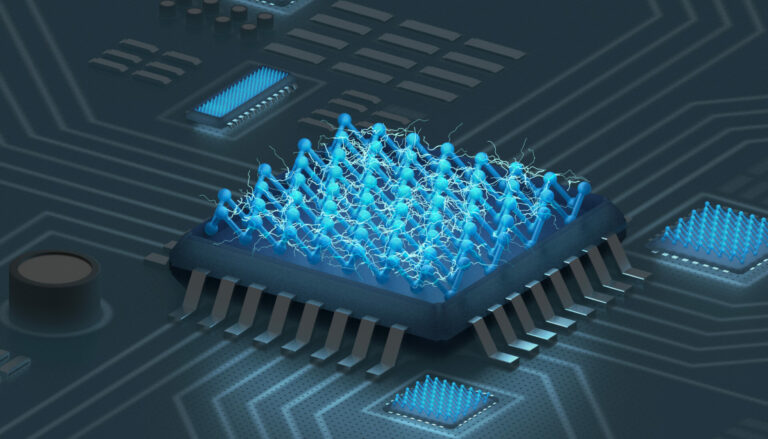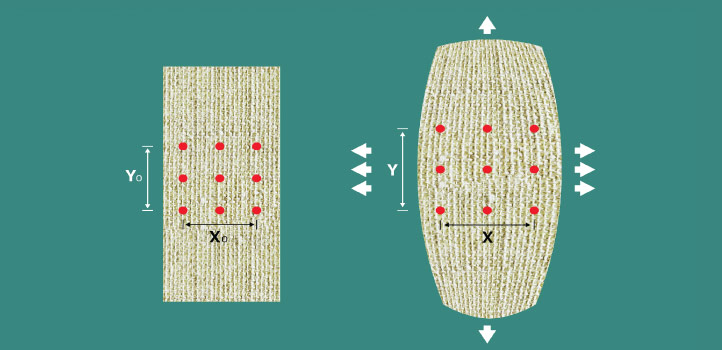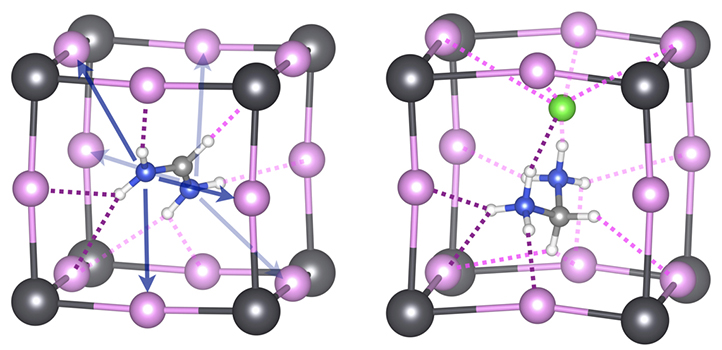
Applied Physics
A single additive enables long-life, high-voltage sodium batteries
A new electrolyte additive helps sodium batteries achieve lithium-like performance, offering a practical pathway to scalable, lithium-free energy storage.
Page 1 of 1

Applied Physics
A new electrolyte additive helps sodium batteries achieve lithium-like performance, offering a practical pathway to scalable, lithium-free energy storage.

Applied Physics
Two-dimensional altermagnets that can convert a temperature difference into electricity could help recover low-temperature waste heat.

Applied Physics
An interface-focused strategy boosts efficiency and stability in perovskite/silicon tandem solar cells.

Applied Physics
Choosing the right ion ‘salt’ can help to improve the number of times a metal battery can be charged and discharged

Applied Physics
Broadband, reconfigurable photonic memristors set the stage for next-generation artificial vision systems.

Applied Physics
A thin layer of heparin sodium enhances the performance of perovskite solar cells.

Applied Physics
An unconventional 2D ferromagnet might enable smaller and more reliable devices for data storage.

Applied Physics
The key to achieving greatly increased capacity and efficiency in semiconductor technology could be to build upwards, in vertical stacks of thin film transistors. © 2024 KAUST

Applied Physics
Drugs that inhibit a key protein should offer new targeted cancer therapy for leukemia and breast cancer.

Applied Physics
Gallium oxide offers resistance to radiation and high temperatures, and could be used for data storage and computing in extreme conditions.

Applied Physics
A comparison of different solar-cell technologies shows that an organic material is better at staying cool than common silicon, and how a windy environment can help.

Applied Mathematics and Computational Sciences
Laser experiments reveal how high voltage affects charged ions in burning fuel.

Applied Physics
Using a two-dimensional material to electrically connect to high-power semiconductor transistors improves device performance.

Applied Physics
Ultrathin phosphorus semiconductors that become metallic when stacked can tackle resistance issues and boost transistor performance.

Applied Physics
Calculations predict that atom-thin sheets of carbon chalcogenides will grow wider when stretched in any direction.

Applied Physics
Combining distinctive properties of two-dimensional materials inspires research to reveal a new frontrunner.

Applied Physics
Extremely thin strips of phosphorus may help engineers to fabricate nanoscale transistors with atomically perfect structures.

Applied Physics
Solar perovskite materials could be spiked with organic cation dopants to suppress decomposition and degradation.

Applied Mathematics and Computational Sciences
Wafer-thin, scratch-proof films can generate a rainbow of colors using random metallic nanostructures.